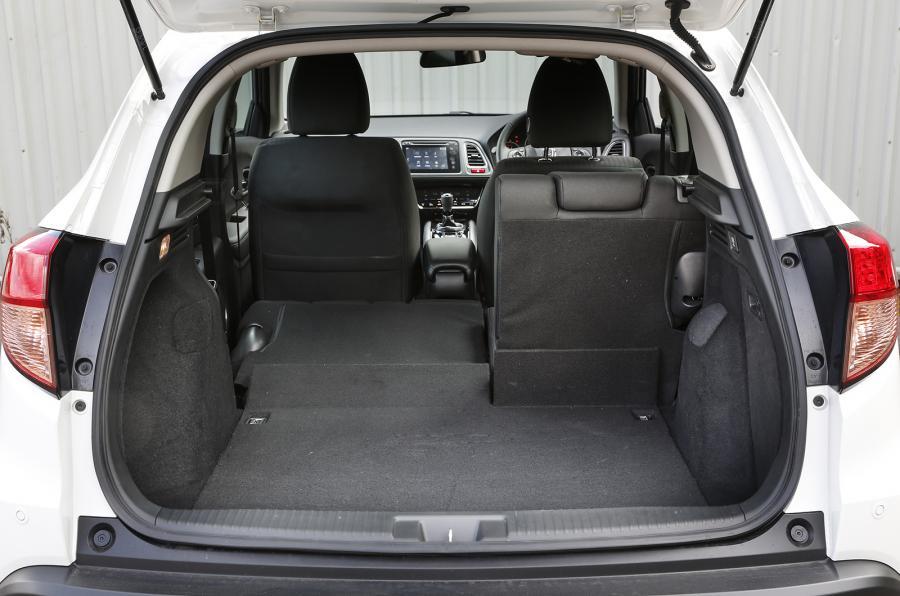A couple of days spent writing our Skoda Superb vs Mercedes E-Class estate car comparison test got me thinking, at some length, about split-folding rear seats.
Most people would agree that they’ve become important in modern family cars – and with folding front passenger seats more and more common, the through-loading space they provide can now be enormous.
But have you ever thought that your split is the wrong way around? Split-folding rear seats are, as a rule, split 40:60 in European cars – to the advantage of left-hand-drive users, I’d say, who get better through-loading capacity as a result.
Imagine you’re on your way somewhere to buy something long and flat – possibly packaged in cardboard, ready for self-assembly. You’re probably not going alone, so you need space for a passenger, as well as maximum through-loading capacity. What you need, when you think about it, is a 60:40 split: the bigger part of the seatbacks folded behind the front passenger seat, in other words, and the smaller one left in place for your friend or better half to sit immediately behind the driver.
You may be surprised at how unlikely you are to get that. What follows is a list of current family estates divided up to show which have seats split the right way around, which are split the less useful way – and which are clever enough to allow either a right- or a left-sided bias for through-loading. It’s not exhaustive, but it does illustrate a very telling point: that not enough manufacturers appear to consider through-loading when converting cars for right-hand drive markets.
The Lefties (40:60)
Audi A4 Avant
Audi A6 Avant









Join the debate
Add your comment
Add the...
Surely it should be the other way
@Erly5, I do the same. It